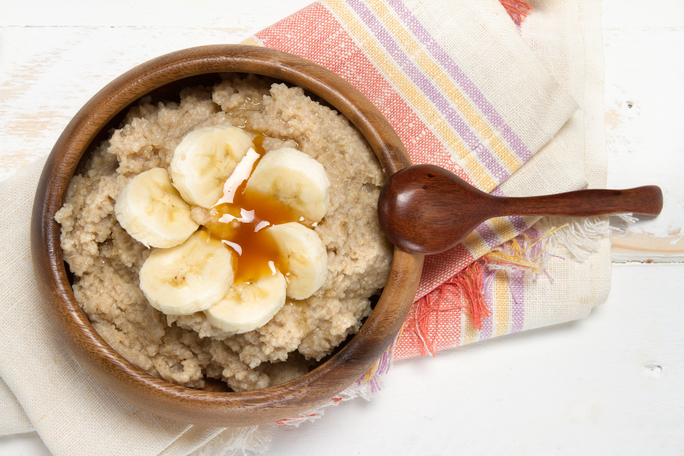The succulent agave plants not only gifts us our favorite tequila but also a commercial sweetener is derived from of these plants. The presence of fructose in the agave juice makes it capable of the sweetening property. Many theories are floating around, stating that agave nectar is rich in carbohydrates and is more harmful than table sugar. However, on the other hand, some health experts also claim that agave has a lower glycemic index and is less likely to increase blood sugar levels. Although agave nectar cannot be replacing regular sugar and is definitely not an alternative for diabetes patients, it can definitely be consumed by others in limited quantities.
How is agave nectar used?
The food and beverage industry has incorporated the use of agave sweetener in multiple ways and forms. Some of the most common ways to utilize agave juice are:
Agave Nectar (Syrup):
Having a similar appearance and taste to honey, the agave syrup is available in three different types, light, amber, and dark. As the agave nectar is easily soluble in nature, hence it’s a popular sweetener and used by many. Light agave is a fine sweetener and is used mainly in food items that do not need too much of sweetness. The amber and the dark agave have a more distinct taste and aroma and can easily be identified when used in a food item. Agave nectar is most widely used for commercial sweetening purposes like manufacturing of jams, jellies, marshmallows, toffee, etc. In bakeries and confectioners, agave juice is used in place of sugar due to its dissolving properties. It is also used for salad dressings by some.
Agave Sweet Powder:
Agave sweet powder is the dried granular form of agave juice. After the juice is extracted, it is allowed to dry to take away all the liquid. The dried form is then crushed to attain the powder. The powdered form of agave juice also inherits the same qualities of being low on the glycemic index. The uses are also kind of similar. The powder form is also easily soluble, hence is popular as a sweetener. Most often its found being used as a sweetener in hot and cold drinks. The use of agave powder can also be seen in the confectionery industry. The agave powder has a distinct quality of thickening the liquid once dissolved. Therefore it is always advisable to keep a check on the consistency while using the agave powder for sweetening.
Agave Inulin:
Agave inulin is probably the best form of agave sweetener. It’s low glycemic index, and mild sweetness makes it a good substitute to sugar for diabetes. Agave inulin also carries the same property of high solubilities, like the powder. Hence, it’s an easy sweetener for any kind of beverages. The uses also remain almost similar for the baking and confectionery industry. The agave inulin also works as a thickening agent.
Like any other organic natural sweeteners, agave nectar also has its own pros and cons. For someone who is diabetic, it is always a good choice to avoid sweeteners completely. Even if absolutely required, then its better to go with what the doctor has suggested depending on your sugar levels. For a health-conscious person, however, it is definitely a matter of choice. Every individual knows their body better, so it’s always a good idea to try everything in limited quantity and see what is well accepted by your body. Organic blue agave syrup, powder or inulin is readily available in the market or can easily be ordered online as well. Next time you are looking for an alternative to table sugar, agave nectar can definitely be worth a try.
Why Choose Nectave?
We have the ability to provide manufacturer’s pricing for all half truckload and full truckload orders of our premium Organic blue agave nectar and powdered blue agave inulin. We guarantee competitive pricing on bulk agave nectar and inulin for the highest quality agave products available anywhere.
Tags :
Agave Sweet Powder
How is agave nectar used?
How to Easily Use Agave Nectar in Food and beverages?
How to use agave nectar & syrup
Organic blue agave syrup




